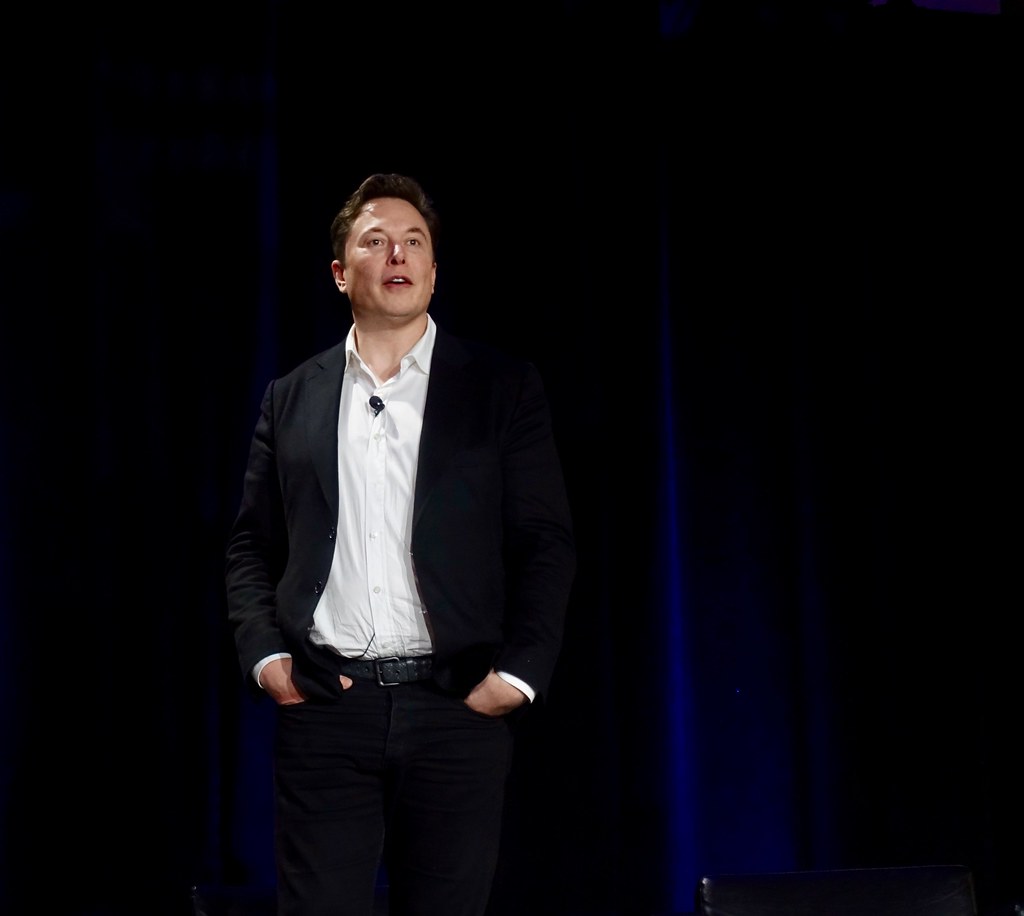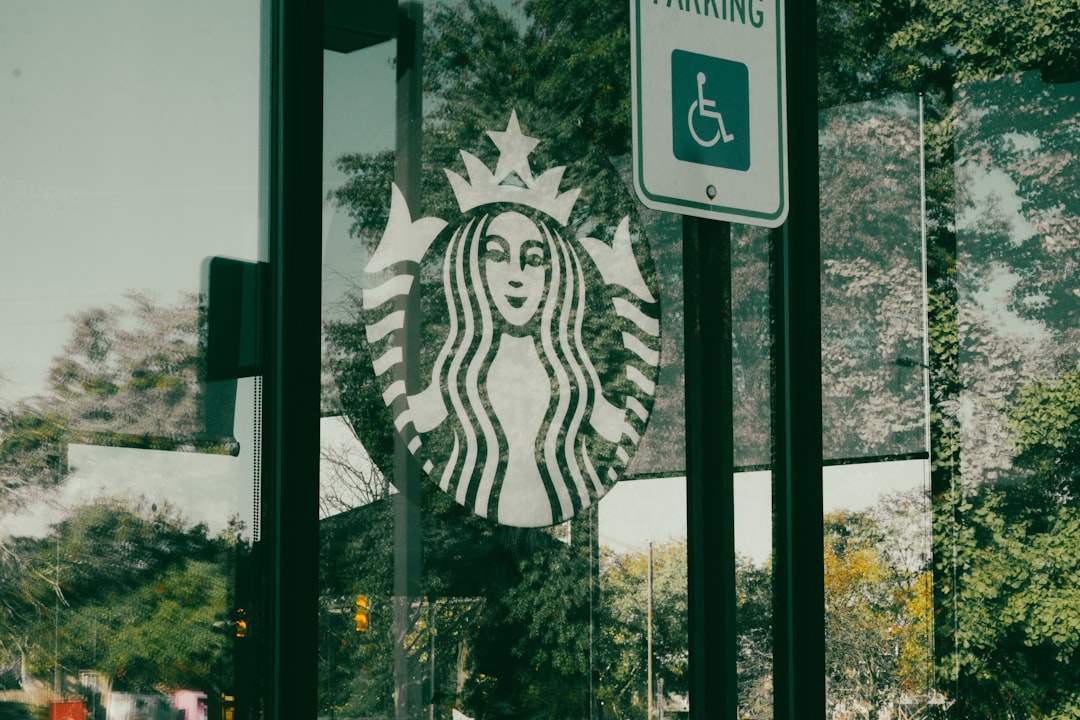The Meditation Revolution Is Reshaping Our Brains

Your brain is literally changing shape right now. Magnetic resonance imaging (MRI) has shown many positive brain changes and improved several brain functions in people who practice meditation regularly. The scans still detected changes in the subjects’ brain activation patterns from the beginning to the end of the study, the first time such a change — in a part of the brain called the amygdala — had been detected. This isn’t some mystical claim – it’s hard science from Harvard researchers using cutting-edge brain imaging technology. Previous research has shown that meditation—a set of mental techniques to focus attention and awareness—can improve mental well-being and potentially help improve psychiatric diseases like anxiety and depression. Think of it like going to the gym, but for your mind.
The Productivity Paradox That’s Transforming Modern Workplaces

A study by Standford of 16,000 workers over 9 months found that working from home increase productivity by 13%. But here’s the twist – it wasn’t about working more hours. This increase in performance was due to more calls per minute attributed to a quieter more convenient working environment and working more minutes per shift because of fewer breaks and sick days. The most successful people aren’t grinding harder; they’re working smarter by creating space for stillness. From 2023:Q2 to 2024:Q3, U.S. productivity growth averaged 2.6 percent, more than twice the average rate of the pre-pandemic decade. Something fundamental has shifted in how we think about work and rest.
The 75-Minute Rule That’s Changing Everything

DeskTime’s latest study has discovered that the most productive employees operate on a 75/33 work-to-rest cycle – they work for 75 minutes and then rest for 33. This research analyzed the habits of 6,000 of the most productive workers in 2024. Compare this to the pandemic years when the ratio was 112/26 – people worked 1.5x longer sprints and took 1.3x shorter breaks. The lesson is clear: longer work sessions without adequate rest actually decrease your output. The new data therefore suggests that in-office or hybrid work encourages a healthier work-life balance than fully remote work. Your brain needs these recovery periods to maintain peak performance.
Why Your Brain Craves Micro-Breaks

A North Carolina State University study published in March of 2021 found that employees, especially fatigued ones, benefit from “microbreaks.” Occasional five-minute employee breaks led to increased energy and a greater likelihood of setting and achieving work goals. It’s like giving your mental muscles a chance to recover between sets at the gym. Upon the study’s publishing, other experts added that breaks can redirect blood flow from overworked parts of the brain and refresh cognitive functioning. The results were clear—75% of students were substantially more productive during the session with breaks according to a recent study in the Journal of Applied Behavior Analysis. Even five-minute breaks every 20 minutes can dramatically boost your performance.
The Telomere Secret of Cellular Aging

Here’s something that might shock you: meditation can actually slow down aging at the cellular level. The immune system is not the only system affected by meditation; some studies suggest that meditation affects the length of telomeres. Telomeres are proteins that protect our chromosomes from cell death; increased psycho-social stress increases cell death due to telomere shortening. Still, meditation has been known to increase healthy cell aging due to better regulation of the telomere length. Think of telomeres as the plastic tips on shoelaces – they protect your DNA from fraying. So far, out of 19 studies, two cross-sectional studies showed an increase in telomere length, and nine out of 11 studies showed a telomerase-related increase in telomere length. This means stillness practices might literally add years to your life.
The European Study That Shocked Healthcare Systems

Between 2018 and 2020, MEDIT-AGEING conducted the world’s largest and longest trial on the effects of mindfulness meditation on seniors, focusing on people aged 65 years and over. The results were so compelling that researchers believe they could reshape healthcare policy. The 18-month trial divided 137 people into three groups. One learned mindfulness meditation, a second learned English and the third received no training. Meditation and non-native-language training included two-hour weekly group sessions, practice of 20 minutes or longer daily at home and one day of intensive activity. Questionnaires, blood tests and scans of people’s brains were used to assess general health and look for signs of chronic stress and Alzheimer’s. Evidence suggests that mindfulness meditation improves concentration and memory and reduces stress, anxiety, depression, sleep disorders and even the risk of heart disease.
The AI Revolution Is Teaching Us About Human Stillness

Research shows that AI has the potential to increase productivity by 40%, but there’s an unexpected lesson here about human performance. Already in 2024, our research identified about an hour of such daily activities with the technical potential to be automated. By 2030, expansion of use cases and continued improvements in AI safety could increase automation potential up to three hours per day. As machines take over routine tasks, humans are discovering that our unique advantage lies in activities that require stillness: creativity, strategic thinking, and emotional intelligence. While gen AI collaboration boosts immediate task performance, it can undermine workers’ intrinsic motivation and increase feelings of boredom when they turn to tasks in which they don’t have this technological assistance. The future belongs to those who can master both technology and tranquility.
The Inflammation Connection You Never Knew About

Your stress levels are literally inflaming your body, but stillness can be your antidote. In the second study, the results were very similar to those seen in the previous study; no difference was seen in IL-6 levels reduction in the level of Nf-kb. Mixed results were seen when it comes to CRP levels, half of the studies showed no change, whereas half of the studies showed a decreased level of CRP. While the research shows mixed results, the trend is clear: meditation practices can reduce inflammatory markers in your blood. This isn’t just about feeling better mentally – chronic inflammation is linked to heart disease, diabetes, and premature aging. To further strengthen our results, another analysis with 34 studies published in 39 articles with 2219 participants was performed. It included the same mind-body training as seen in the previous survey (meditation, yoga, Tai chi, and qigong). When you practice stillness, you’re fighting inflammation at the molecular level.
The Workday Compression Phenomenon

Something remarkable is happening to the modern workday – it’s getting shorter but more productive. The average workday is 36 mins (7%) shorter but 2% more productive. Most notably, the workday is now 36 mins shorter (-7%) — averaging 8 hrs 44 mins a day. While employees consistently start their workday around 8 a.m., they finish earlier — shifting from 5:21 p.m. two years ago to 4:39 p.m. in 2024. This change represents more efficient time utilization rather than decreased productivity, as average productive hours increased 2% (+6 mins to 6 hrs 17 mins), despite the shorter workday. Even more significant, the average productive session increased from 20 to 24 mins, a 20% improvement. Workers are discovering that concentrated bursts of activity followed by rest periods are far more effective than marathon work sessions.
The Stress Epidemic That’s Costing Trillions

The numbers are staggering and they reveal why stillness isn’t just nice to have – it’s economically essential. According to Gallup’s State of the Global Workplace 2023 report, disengaged and burned-out employees are draining 9% of the world’s GDP. That’s trillions of dollars lost to workplace stress and disengagement. Meanwhile, disengaged employees cost the company 18% of their salary in lost productivity. Over the course of a year, the average knowledge worker spends 103 hours in unnecessary meetings, 209 hours on duplicated work, and 352 hours talking about work. A lot of this time isn’t just unproductive; it’s downright demotivating. Companies that embrace stillness practices aren’t just being nice to employees – they’re making smart financial decisions.
The Harvard Discovery About Depression and Focus

During the scans, participants complete two tests, one that encourages them to become more aware of their bodies by focusing on their heartbeats (an exercise related to mindfulness meditation), and the other asking them to reflect on phrases common in the self-chatter of depressed patients, such as “I am such a loser,” or “I can’t go on.” After a series of such comments, the participants are asked to stop ruminating on the phrases and the thoughts they trigger. Researchers will measure how quickly subjects can disengage from negative thoughts, typically a difficult task for the depressed. This Harvard research reveals something profound: stillness practices train your brain to disengage from destructive thought patterns. The number of randomized controlled trials — the gold standard for clinical study — involving mindfulness has jumped from one in the period from 1995‒1997 to 11 from 2004‒2006, to a whopping 216 from 2013‒2015. The scientific community is taking notice because the results are undeniable.
The Remote Work Productivity Secret

A few randomized experiments at individual firms identify small positive effects of hybrid and fully remote work on individual employee productivity using metrics such as the number of emails written, phone/video calls made, and the novelty of work products as reported in manager-assigned performance ratings. But there’s more to the story. Remote-only workers have the highest daily productivity (+29 mins) vs. other worker types. The key isn’t just working from home – it’s the ability to create moments of stillness throughout the day without office distractions. 77% of those who work remotely at least a few times per month show increased productivity, with 30% doing more work in less time and 24% doing more work in the same period of time according to a survey by ConnectSolutions. Remote work succeeds because it allows for natural rhythms of activity and rest.
The Automation Revolution and Human Uniqueness

Those who use automations save at least 3.6 hours weekly. Some back-of-the-envelope math tells us that automating routine tasks could cut a significant chunk off the hundreds of hours employees spend in duplicative, mundane ‘work about work’. As we automate away busy work, what’s left are the uniquely human capabilities that emerge from stillness: insight, creativity, empathy, and strategic thinking. McKinsey research sizes the long-term AI opportunity at $4.4 trillion in added productivity growth potential from corporate use cases. Over the next three years, 92 percent of companies plan to increase their AI investments. But while nearly all companies are investing in AI, only 1 percent of leaders call their companies “mature” on the deployment spectrum. The companies that will thrive are those that understand how to blend technological efficiency with human wisdom born from stillness.
The Break Room Revolution

The study also revealed that breaks can combat workplace burnout: 59 percent of those surveyed said more breaks would improve their work happiness, and 43 percent said it would boost their personal happiness. Additionally, 37 percent said regular breaks during the day would improve their health. The research shows that the key to getting employees to step away from their desks to recharge may lie in company break rooms. Nearly 60 percent of those surveyed said a well-stocked and comfortable break room would encourage breaks, while 76 percent said break rooms would allow them to unwind and relieve stress. Smart companies are investing in spaces that encourage stillness, recognizing that a comfortable break room isn’t an expense – it’s productivity infrastructure. Disengaging from work only for a few minutes but on a regular basis (micro-breaks) can be sufficient for preventing exhaustion and boosting performance. Further, timing of the break matters — shorter breaks are more effective in the morning, while longer breaks are more beneficial in the late afternoon.
The science is clear: in our hyperconnected, always-on world, the path to peak performance runs through stillness. Whether it’s the 75-minute work cycles of top performers, the cellular regeneration triggered by meditation, or the trillion-dollar economic impact of workplace stress, the evidence points to one conclusion. The future belongs to those who master the art of strategic rest. Your competitors are grinding harder, but you could be working smarter by doing less. What would you choose?






